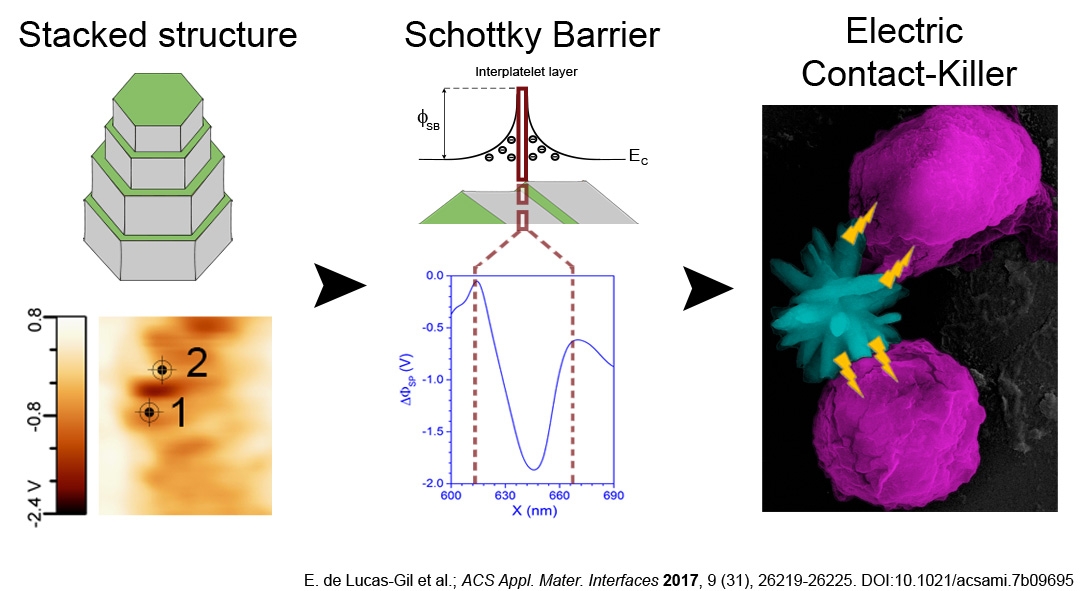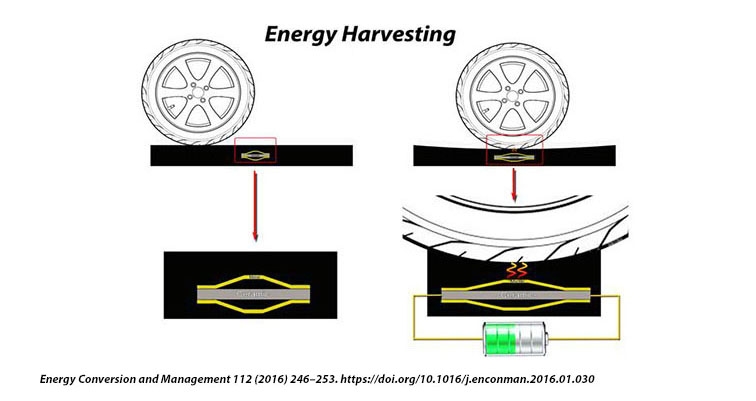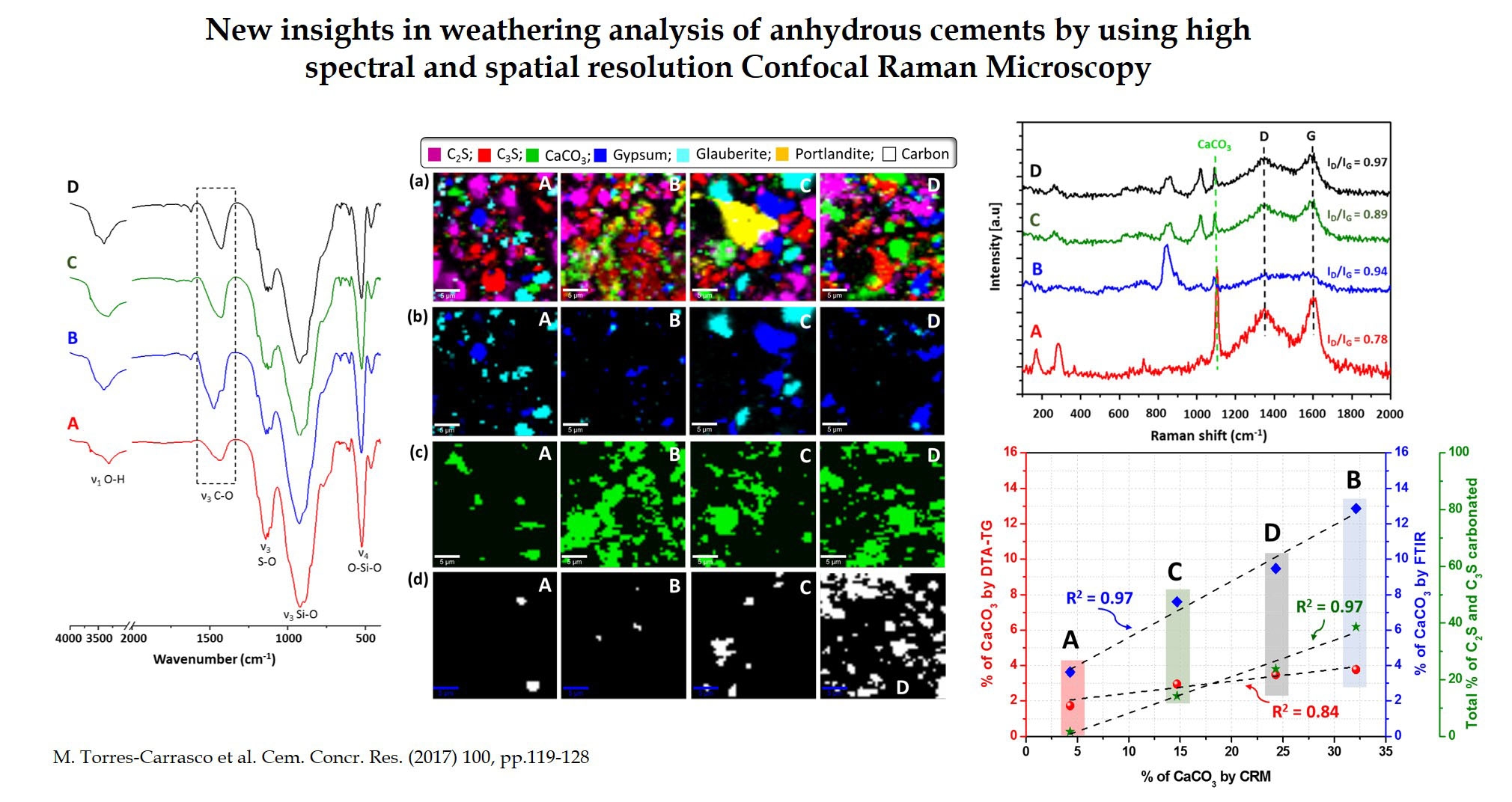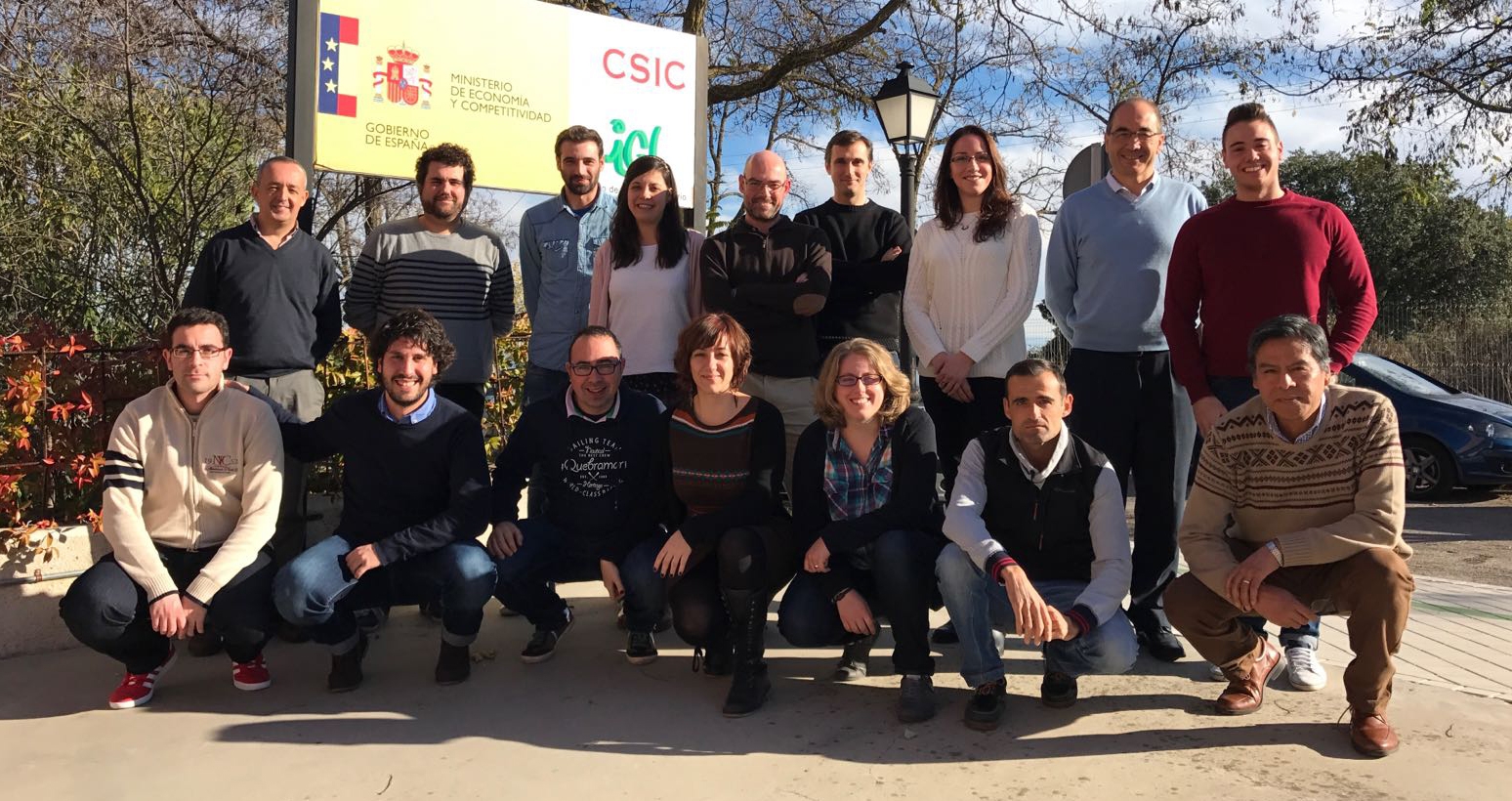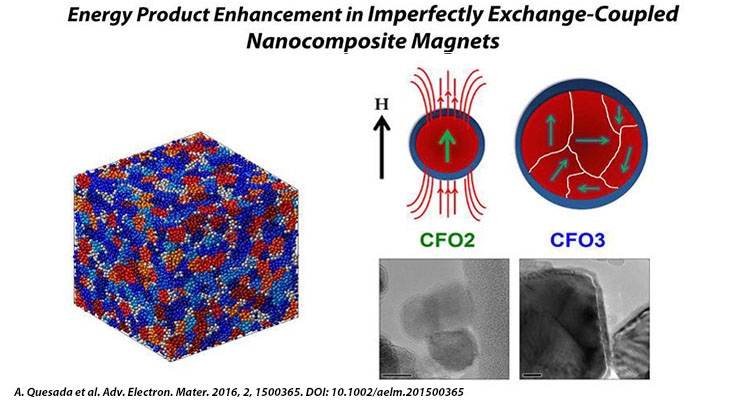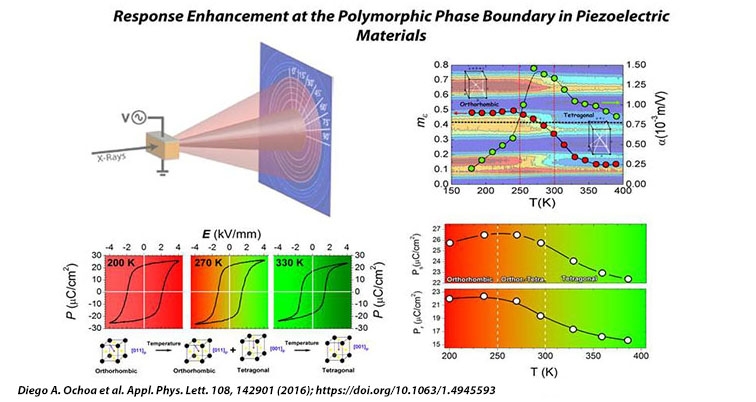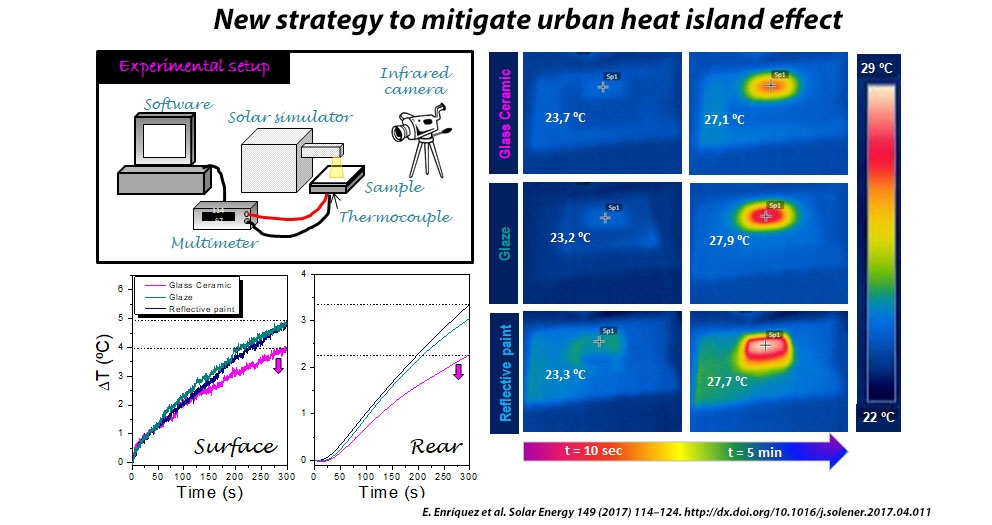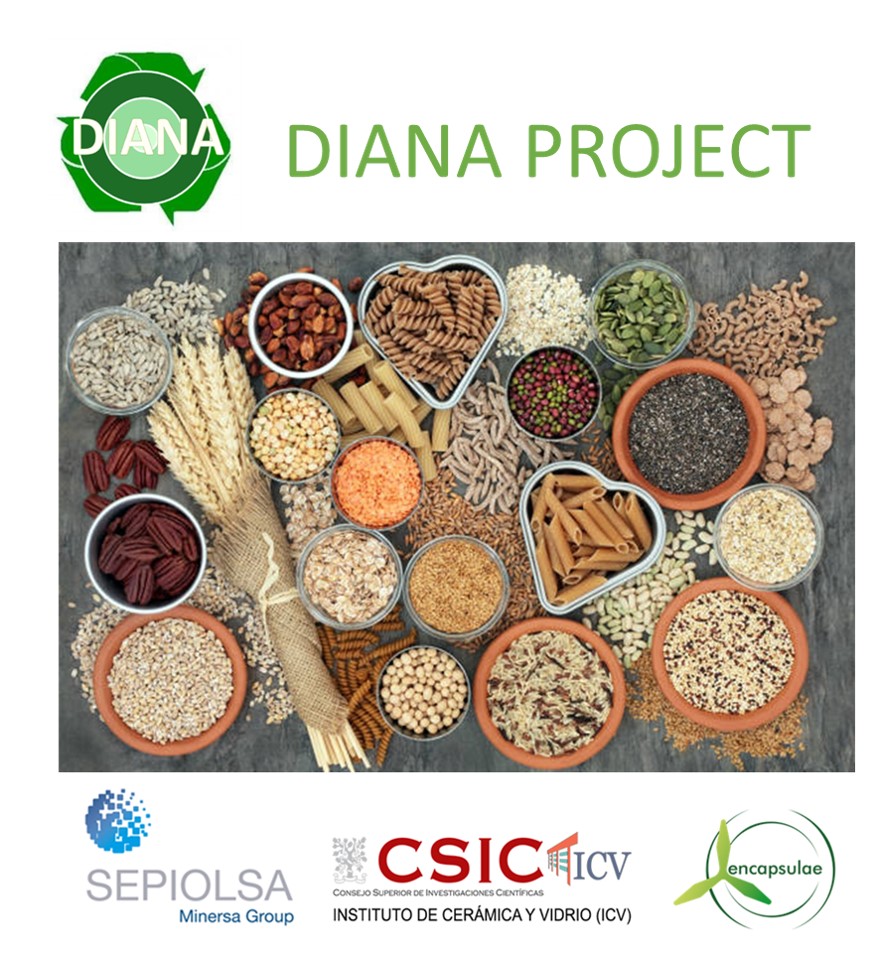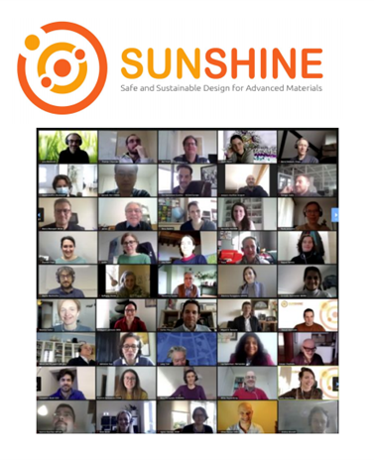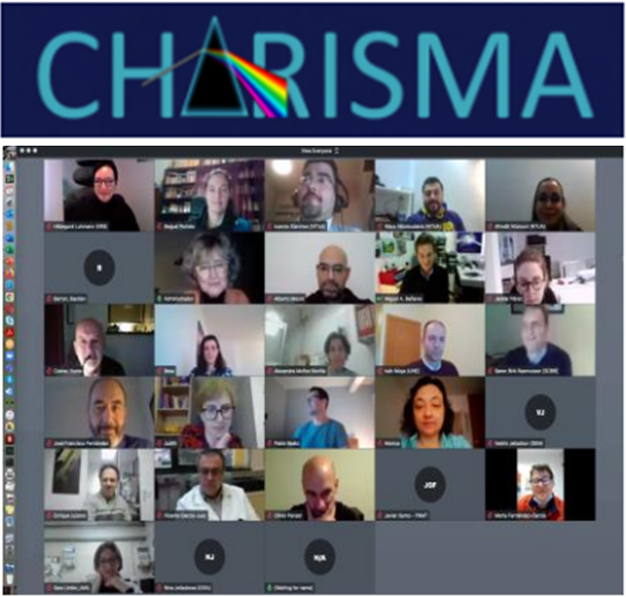Ceramics for Smart Systems Group
The Ceramics for Smart Systems group, CSS, belong to the Department of Electroceramics at the Instituto de Cerámica y Vidrio, CSIC. The working group is composed of 2 staff researchers, 1 staff Technical, 6 Junior Researchers and 3 PhD Students.
The CSS group main objective is the design and development of electroceramics, as well as their integration into advanced systems. The group is founded in an extended experience in microstructure control and its relationship with the ceramic material properties. The search of electroceramics is mainly focused on their application in “Smart Systems”, using the wide variety of ceramic materials with electrical-electronic-magnetic properties: ferroelectrics, piezoelectrics, insulators, dielectrics, semiconductors and also “traditional ceramics”. These working lines are based on the development of new knowledge, from the materials point of view, the processing and the discovery of new functionalities with a deeper knowledge of the involved physical and chemical phenomena. Working lines pursuit a thorough development of new materials, functionalities and implantation of advanced technologies.
|
|
DIANA PROJECTFrom the country to the table with sustainable materials.The DIANA project aims to develop new active solutions to increase the sustainability of plastic food packaging.The "World Population Prospects 2019" report, published by the United Nations, reveals that the world population will grow by about 30% to 9.7 billion people by 2050. This will require a 70% increase in food production and a 50% increase in investment in agriculture to feed the demand of these 2 billion additional people.More information: DIANA
|
|
|
SUNSHINE PROJECTThe new EU-funded SUNSHINE project develops and validates Safe & Sustainable by Design strategies for products enabled by Multi-component Nanomaterials and facilitates their implementation at industrial scaleThe project objectives feature:● Create the Safe Innovation Approach (SIA) e-infrastructure to facilitate the development of S&SbD strategies for MCNMs and their uptake and implementation by industry, especially by SMEs● Identify and develop experimental methods and generate data to support the development of S&SbD strategies and their validation● Propose multiscale modelling approaches to support the development and testing of the S&SbD strategies● Employ grouping and read-across to enable use of existing information for the S&SbD of MCNMs● Demonstrate the SIA e-infrastructure and validate the S&SbD strategies in industrial case studies● Contribute to Regulatory Preparedness by providing recommendations on adaptation of the current EHS standard guidelines and regulatory guidance for chemicals and Nanomaterials (NMs) to address MCNMs.More information: SUNSHINE |
|
|
CHARISMA PROJECTThe new EU-funded CHARISMA project is set to harmonise and standardise Raman Spectroscopy for characterisation across the life cycle of a material, from product design and manufacture to lifetime performance and end-of-life stagesThe project objectives feature:●Normalise the harmonisation of Raman spectroscopy in the Nanotechnologies, Advanced Materials, Biotechnology, and Advanced Manufacturing and Processing community● Model to harmonise Raman spectroscopy, Raman spectra and Raman characterisation data● Generate a FAIR Raman data repository● Demonstrate the performance of harmonised Ramancharacterisation across domains in real industrial cases● Standardise Raman protocolsMore information: CHARISMA |
|
|
ICEBERG PROJECT - Circular Economy of Building MaterialsThe CSS group (ICV-CSIC) participates in the European ICEBERG project for the innovative re-use of construction and demolition waste with 35 public and private organisations from ten countries- The project, which will last for four years, has a budget of 15,667,498 euros, of which the European Union is contributing 12,997,935 euros from the Horizon 2020 Research and Innovation Framework Programme.- The aim is to offer innovative circular economy-based solutions for producing high-value materials from the most common construction and demolition waste (C&DW).More information: Iceberg |
